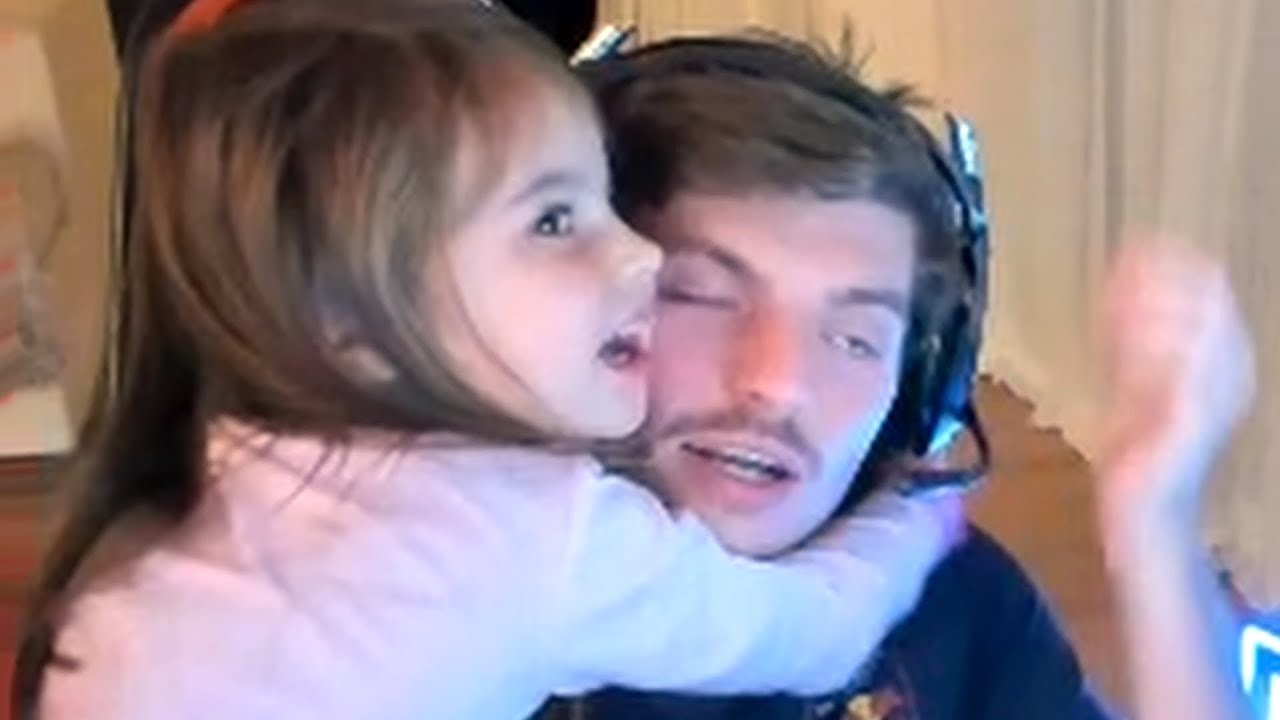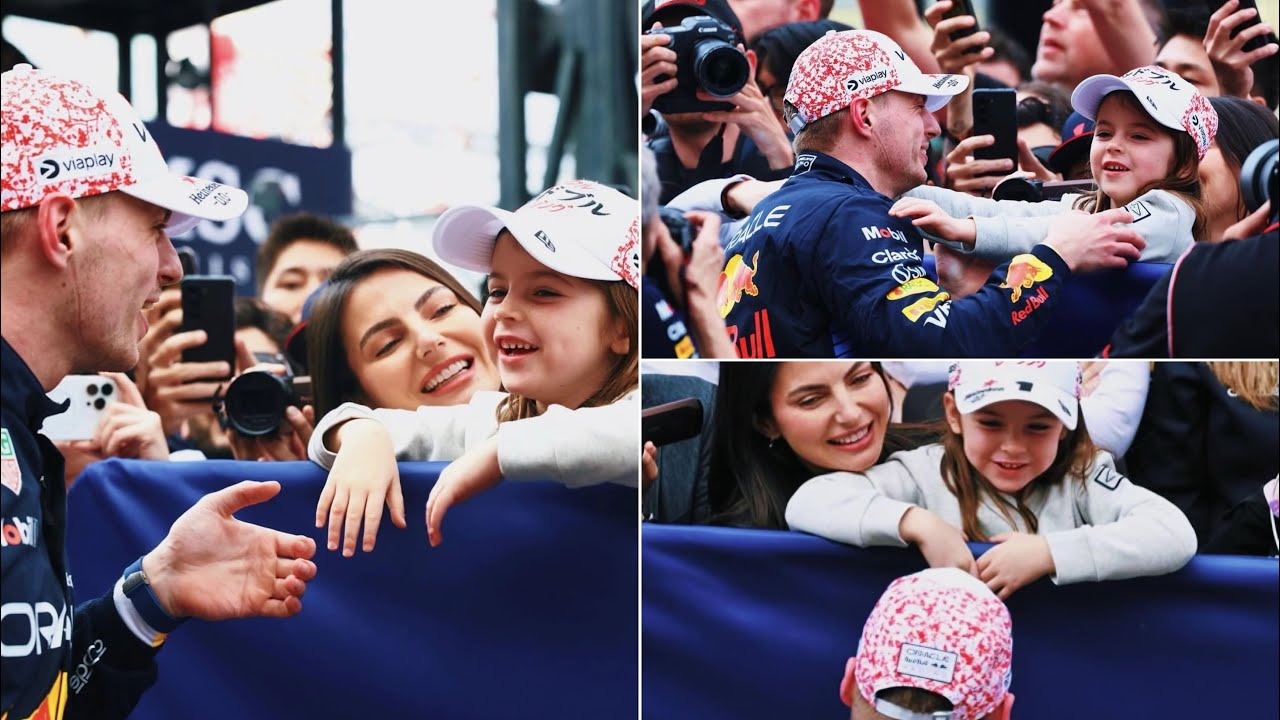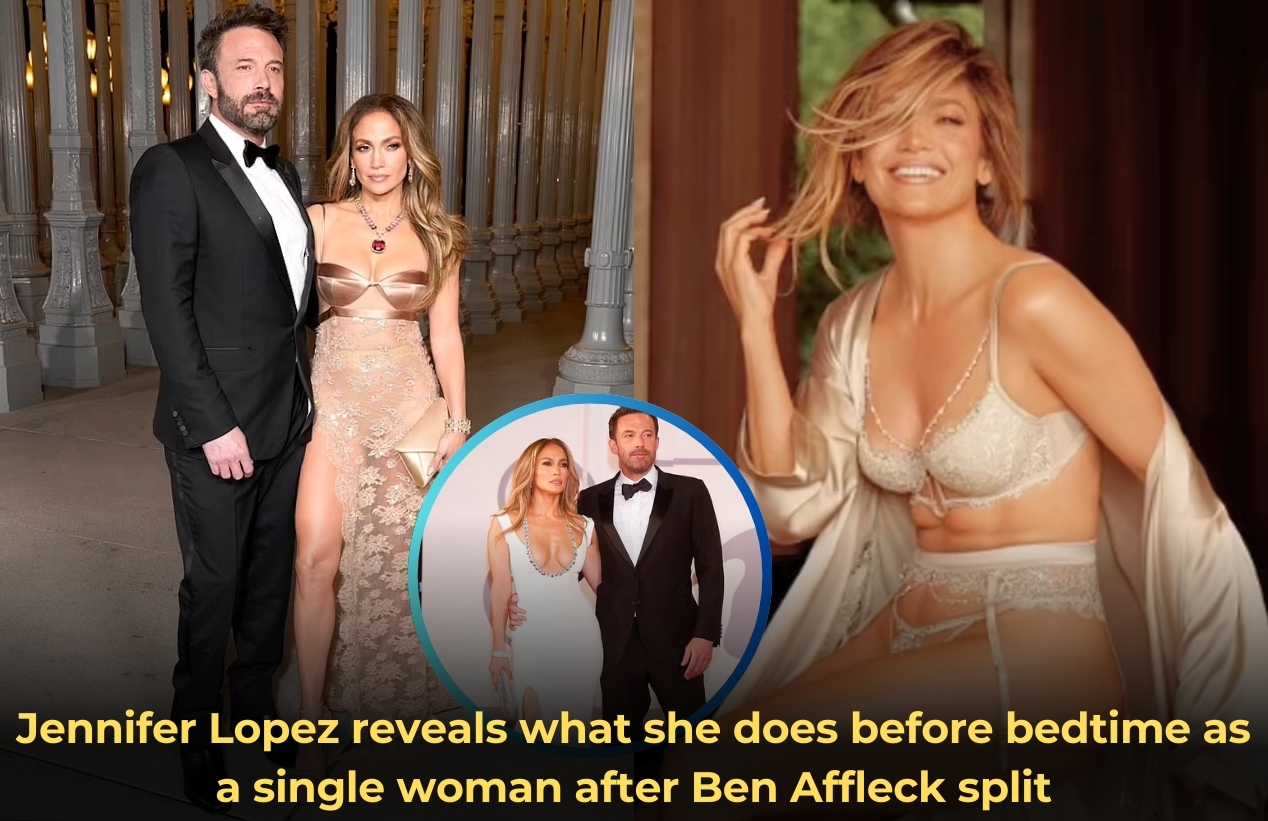The popularity of so-called retention editing made a generation of creators go viral, but when every video looks the same it’s harder than ever to stand out
Over the past few years, a very specific style of video editing has all but guaranteed success on social media. Known as “retention editing” because of its unique ability to keep a user glued to their screen, this style features loud sound effects, fast cuts, flashing lights and zero pauses.

Fast-growing accounts on TikTok, Instagram and YouTube have adopted retention editing. Large content creators such as Dylan Huynh and Matthew Beem have amassed hundreds of thousands of subscribers by leveraging it. Nick Cicero, who teaches social media and digital marketing at Syracuse University, said that retention editing has become the dominant format for videos across the creator economy. “These mediums and platforms have times and periods where they go through different styles of content,” he said. “There’s this overwhelming bubble of a certain type of editing style right now. This is the retention editing period.”
“It’s the Beastification of YouTube,” said Noah Kettle, co-founder of Moke Media Co., a video editing and social media monetization consultancy. MrBeast, whose real name is Jimmy Donaldson, built his reputation by creating hyper-engaging, fast-paced videos with frequent action on screen. That led smaller YouTubers and content creators to mimic his style.
But the style that made some of the biggest influencers famous may have peaked, and there are signs the retention editing wave is subsiding. Earlier this month, Donaldson tweeted a plea to his fellow YouTubers to “get rid of the ultra fast paced/overstim era of content.” He said that in the past year, he has slowed his videos, focused more on storytelling, “let scenes breathe, yelled less” and focused on longer videos, all of which has resulted in even more views.










